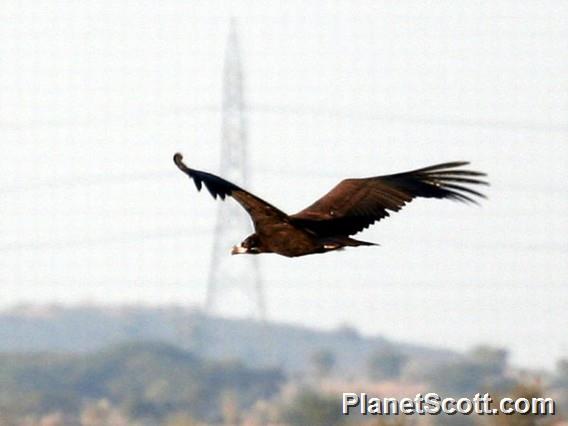Cinereous Vulture (Aegypius monachus)

Cinereous Vulture (Aegypius monachus)
×


Cinereous Vulture (Aegypius monachus)
About Cinereous Vulture (Aegypius monachus)
- Kingdom: Animals
- Phylum: Chordates
- Class: Birds
- Order: Hawks, Eagles, Kites, and Allies
- Family: Hawks, Eagles, and Kites
The cinereous vulture, also known as the black vulture, Eurasian black vulture, and monk vulture, is a very large raptor in the family Accipitridae distributed through much of temperate Eurasia. With a body length of 1.2 m, 3.1 m (10 ft) across the wings and a maximum weight of 14 kg (31 lb), it is the largest Old World vulture and largest member of the family Accipitridae.
Source: Wikipedia
Visits
-
2006-01-04
Bikaner - Sandy Desert, India -
2006-01-20
-
-
-
-
-
-



